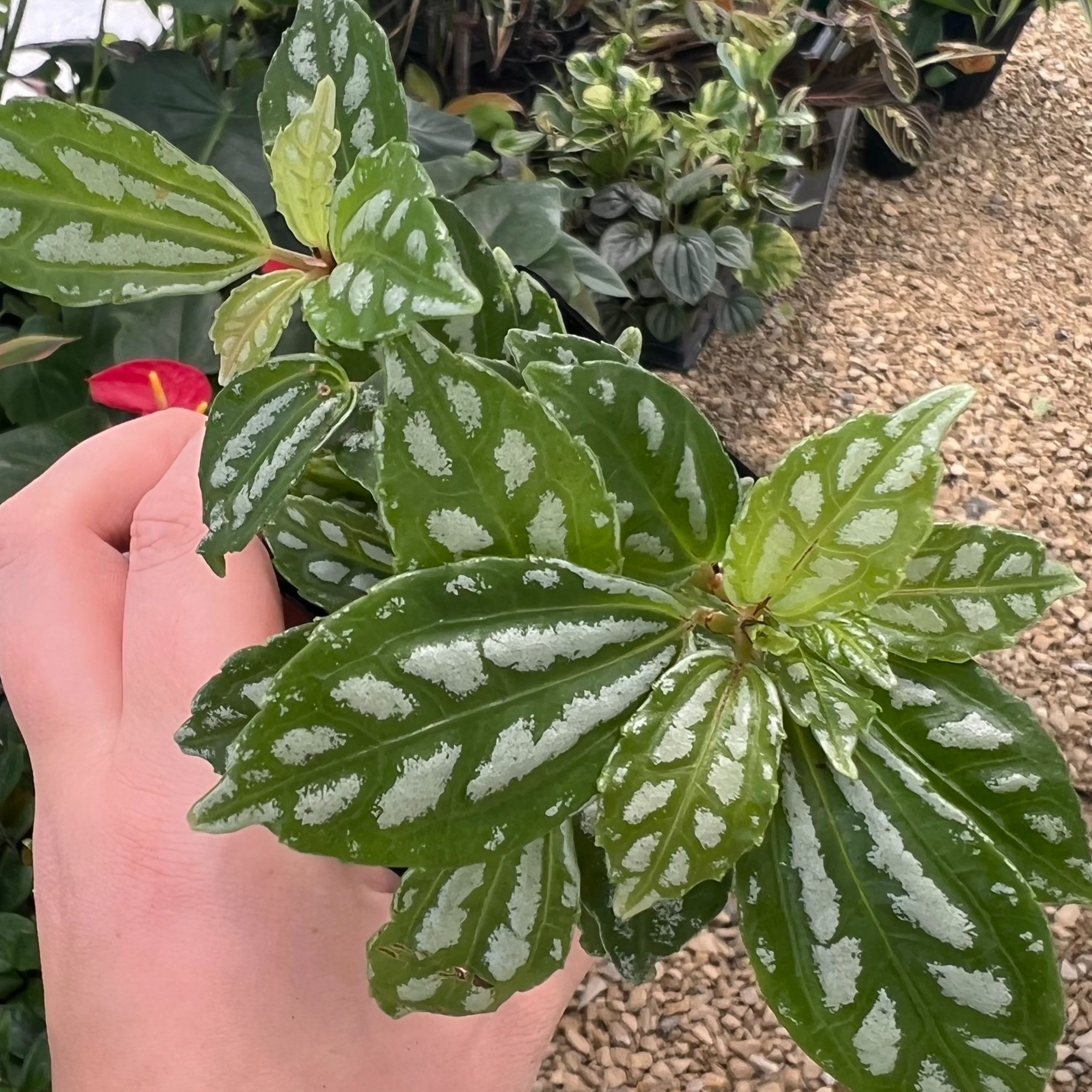NETTLES
Family Urticaceae

PILEA
Pilea
Family Urticaceae
-
Light: Indirect, bright light is best to encourage growth and foliage coloring (depending on species). Too little light can cause plants to stretch or drop leaves.
Temperature: 65-85 F
Humidity: medium to high; avoid drafty areas
Pileas are great terrarium plants because they love humidity.
-
Water: Water when the top 3-4” of potting mix has dried or when you notice leaf wilt. It’s best not to allow the potting mix to dry completely between watering. However, it is better to lean toward dry growing than wet growing.
Repotting: Repot every 1-2 years into a slightly larger container (1-2” increased diameter or depth). Use a general purpose potting mix. You may consider dividing pups (offshoots that form from the root).
Fertilizing: Either…
Water Application: Incorporate fertilizer into your watering cycle once per month March through September. Dilute an all purpose fertilizer (20-20-20) by half OR use your favorite fertilizer rated for houseplant use in your water.
Slow Release: Incorporate slow release fertilizer pellets into the top inch of potting soil every 6 months. Apply the rate indicated for indoor plants on the label. If no recommendation for houseplants is present, apply 1/4 to 1/2 the listed rate.
-
The Urticaceae is known for shady perennial and shrub species, but pilea plants are an exception. There are MANY Pilea species that we enjoy cultivating indoors including:
P. peperomoides (Chinese money plant)
P. cadierei minima (aluminum plant)
P. involucrata (friendship plant)
P. libanensis (baby tears)
P. nummularifolia (creeping Charlie)
I could go on… There are many, many pileas out there for you to enjoy.
-
(Listed in order of commonality…)
Leaf loss or edge burn from dry conditions
Stem stretch from low light levels
Two-spotted spider mites
Thrips
-
Is pilea safe for pets?
Yes
Have a more specific question?
I’m just a few clicks away.
